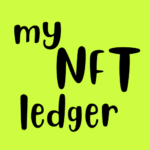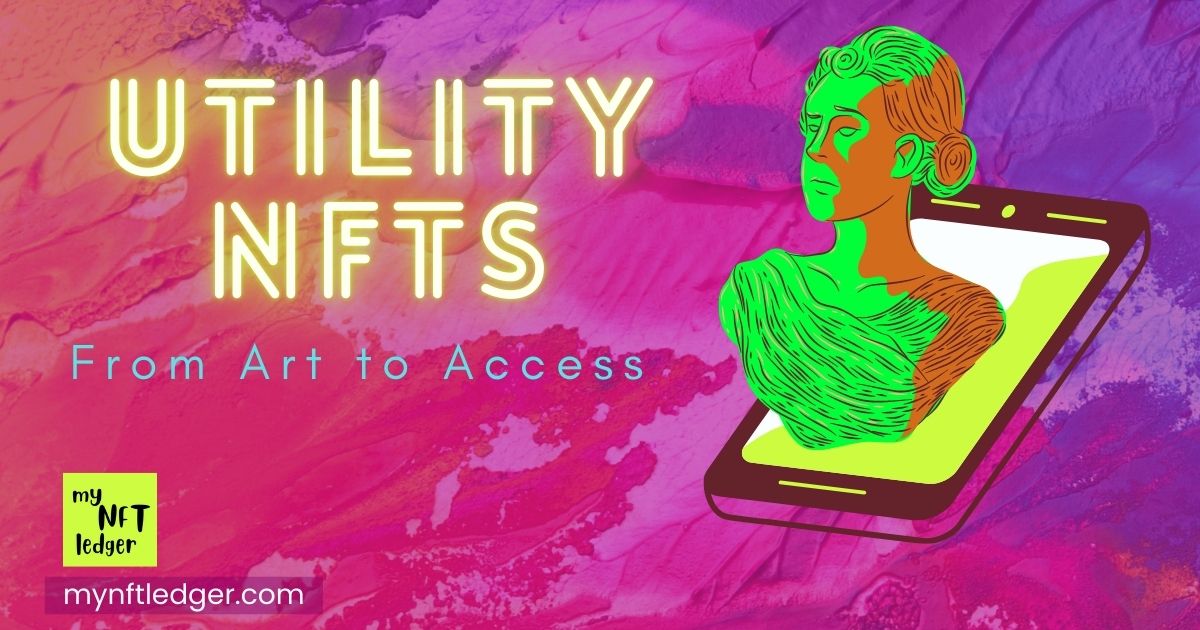As the NFT market continues to evolve, NFTs are no longer just digital art and collectibles. We have seen the continuous emergence of new areas within NFTs, such as Real World Assets (RWAs). Similarly, a new and evolved version of NFTs is Utility NFTs, which redefine the purpose and functionality of NFTs. These digital assets are designed not only to be owned but also to offer real-world applications and benefits.
Let’s explore what utility NFTs are, their current trends, applications, challenges, and the potential future they hold.
What Are Utility NFTs?
Utility NFTs are digital tokens that provide holders with specific rights or access to services beyond mere ownership. Unlike traditional NFTs, which often serve as static representations of art or collectibles, utility NFTs are dynamic and interactive. They can grant access to exclusive content, events, or experiences, making them more than just digital art pieces.
Current Trends in Utility NFTs
The utility NFT market is rapidly expanding, with various platforms and projects leading the charge. Major players in the gaming industry, for example, are integrating utility NFTs into their ecosystems, allowing players to earn rewards or unlock new content through ownership. Additionally, platforms in sectors like ticketing, real estate, and membership services are exploring how utility NFTs can enhance user engagement and streamline operations.
Notable Examples of the Utility NFTs
Axie Infinity: This blockchain-based game allows players to collect, breed, and battle creatures called Axies. Ownership of utility NFTs enables players to unlock special abilities, earn in-game currency, and participate in tournaments, creating a robust gaming economy.
Decentraland: In this virtual world, users can buy, sell, and build on parcels of land represented as utility NFTs. Owners can host events, create experiences, or even monetize their land through advertising and activities.
NBA Top Shot: This platform offers officially licensed NBA collectible highlights as NFTs. While they’re primarily collectibles, certain moments can unlock exclusive experiences, such as access to live games or special events, adding utility beyond mere ownership.
World Wildlife Fund (WWF): The WWF launched utility NFTs that represent the adoption of endangered animals. NFT holders receive exclusive updates, virtual meet-and-greets, and other benefits tied to their adopted animals, blending philanthropy with digital ownership.
Sotheby’s Metaverse: This platform offers NFT auctions where buyers not only purchase digital art but also gain access to exclusive virtual galleries and events, making the buying experience more immersive and engaging.
Practical Implications of Utility NFTs across several industries
Gaming: Players can earn rewards and unlock features based on their NFT holdings, leading to a more engaged gaming community. Games like Gods Unchained allow players to own and trade their in-game assets as NFTs, creating real value.
Real Estate: Utility NFTs can represent ownership or access rights to physical properties. For example, platforms like Propy are using NFTs to facilitate real estate transactions, making the process more transparent and efficient.
Ticketing: Events are using utility NFTs as digital tickets, which can provide buyers with additional benefits. The Burning Man festival has experimented with NFT ticketing to offer unique perks and access to exclusive experiences.
Memberships: Brands are exploring utility NFTs as a way to offer exclusive membership perks. Gary Vaynerchuk’s VeeFriends project provides NFT holders with access to exclusive events, networking opportunities, and more, fostering a community around shared interests.
Benefits and Challenges
Utility NFTs provide significant benefits, including enhanced engagement that fosters deeper connections between creators and their audiences, encouraging active participation in various ecosystems. They also offer increased perceived value through access to exclusive experiences or content, making them more appealing to holders. Additionally, many utility NFTs are designed for interoperability across multiple platforms, further enhancing their utility and value. While challenges exist, such as regulatory concerns and market volatility, the potential for utility NFTs to redefine digital ownership and interaction makes them a compelling development in the NFT space.
Conclusion
Utility NFTs represent a transformative shift in the NFT landscape, evolving from mere collectibles into functional digital assets that offer real-world applications and benefits. By facilitating enhanced engagement and creating deeper connections between creators and audiences, utility NFTs are reshaping how we interact with digital content.
For instance, consider the way concert tickets work: traditional ticketing systems provide access to live events, while utility NFTs can serve a similar purpose, granting holders exclusive access to virtual or in-person concerts, as seen with projects like Gary Vaynerchuk’s VeeFriends, which offer holders exclusive events and networking opportunities. Similarly, membership clubs that provide perks and exclusive content can find their digital counterpart in utility NFTs, which allow brands to offer unique rewards and experiences, much like a loyalty program but in a more interactive format.
While challenges such as regulatory concerns and market volatility remain, the potential for utility NFTs to revolutionize digital ownership is undeniable. As industries continue to explore innovative applications like using utility NFTs for exclusive content access, or digital ownership of real estate, this trend is poised to redefine how we value and interact with digital assets. Embracing this evolution could open new frontiers in digital engagement and community building in the years to come.
Discover more from myNFTledger.com
Subscribe to get the latest posts sent to your email.


[…] the blockchain in the form of art or collectibles. Nowadays, many NFT companies are moving towards Utility NFTs, but still, traditional NFTs will always have their own market and buyers, but only if the NFT is […]